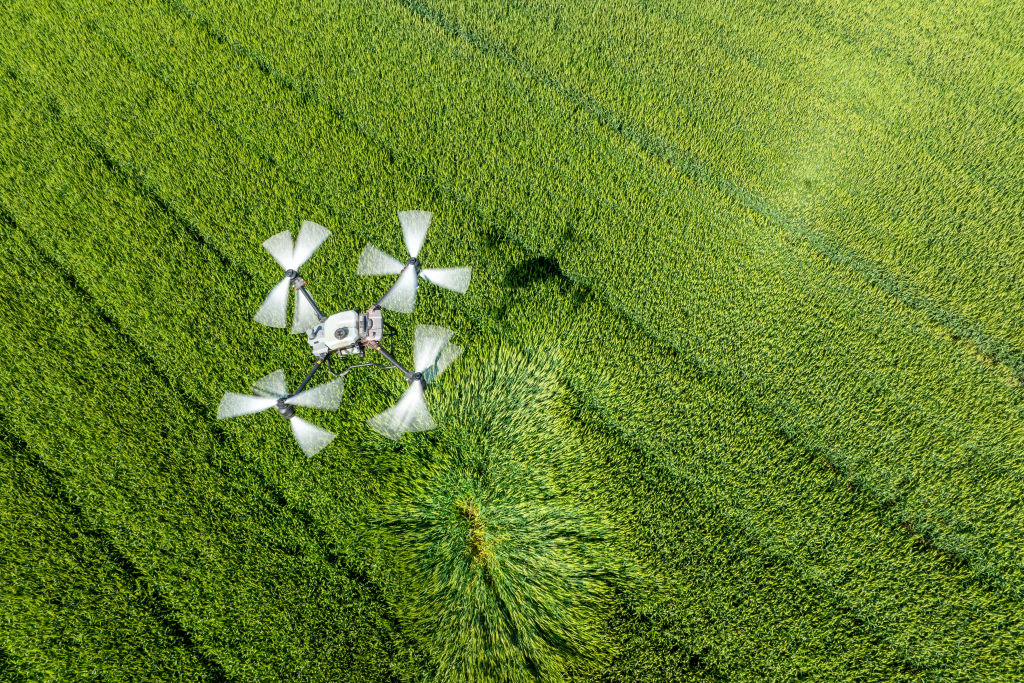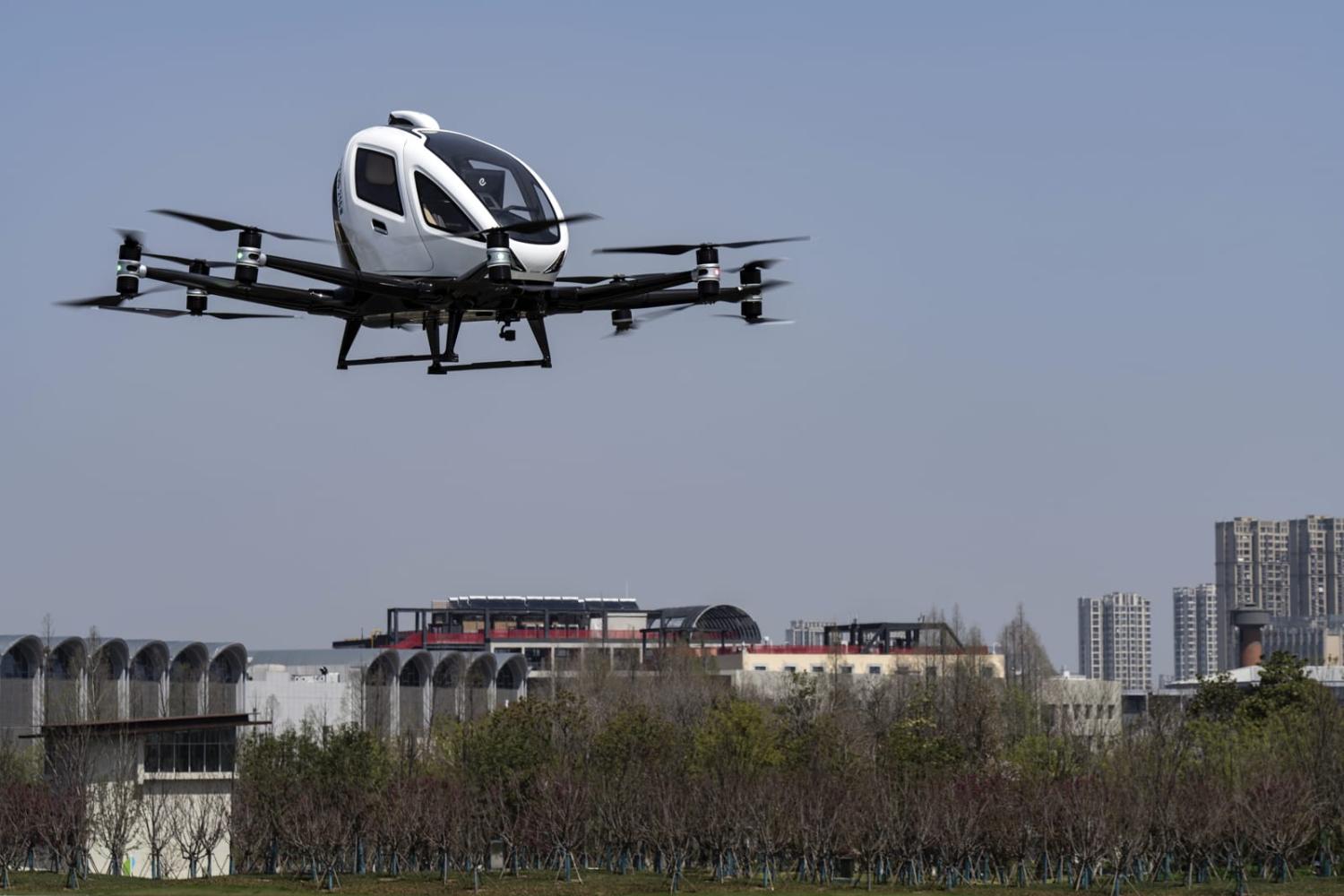The futuristic notion of flying drones buzzing atop houses and city streets, making deliveries or even transporting passengers, might never quite eventuate. Yet governments and private companies are assessing the commercial opportunities of the airspace just above our heads to propel economic growth and development.
China, in particular, sees a chance with this “low-altitude economy” to foster high-value jobs, bolster innovation in science and technology, and inject some needed momentum into its national economy. It was recognised by policymakers as an emerging market following the annual Central Economic Work Conference last December. The low-altitude economy refers to the vertical airspace that extends from 1,000 to 4,000 metres above ground where civil-manned and unmanned aircraft vehicles operate. Operations can include the transport of commodities and cargo, food deliveries, transit and tourism, or conducting search and rescue operations during disasters.
Excitement has grown in China around the concept of advanced air mobility thanks to progress in the manufacturing of electric vertical take-off and landing aircraft, referred to as eVTOL. Regulations are being adopted to govern the low-altitude economy, which was said to have amounted to $69 billion in 2023, with a target to grow to $278 billion by 2030.
Indeed, the rise of the low-altitude economy is regarded as something of a Wright Brothers moment in China. Congestion and physical limits on the ground in major cities has pushed authorities to explore lower airspace options. Local governments are moving to construct civil airports and temporary eVTOL landing sites across the country, driven by the development of advanced drone technologies and expanding domestic demand. China hopes to seize the lead in what is shaping as a fiercely contested market globally.
Shenzhen, in Guangdong province, has debuted multiple air taxi routes, with inhabitants embracing air travel for transportation services. Cost remains a barrier, but the hope is that technological advancement will drive down prices. Looking into how the industry has grown in China, it could outpace autonomous driving developments in the coming years in terms of the global value and market share. The range of services provided by air taxis in Shenzhen extends to the world’s first commercially deployed unmanned aerial vehicle providing regular flight to Luogang Central Park in Hefei, Anhui Province.

Transportation infrastructure is also seen as just one part of the story. Hunan province became the first to have 97 verified low-altitude routes to govern airspace. It has hopes for industrial applications for the near ground airspace. There are also ambitions in agricultural sectors. In addition, regulations came into force on 1 January this year for unmanned aerial vehicle management to standardise flying and facilitate commercial UAV operation.
However, despite these promising advances, operational concerns such as safety and accidents continue to overshadow the development of the low-altitude economy. With manned/unmanned coordinated/integrated operations being used in China to transport products and in future people, any large-scale transportation of people using drones will need regulation. The need is pressing. Two-passenger transport vehicles such as the Ehang Holding Limited EH216-S model is now on the market at roughly US$300,000. But its sales record suggests the high price tag and cautious attitudes about safety could still be restricting growth in drone-like aerial transportation systems.
While the Chinese government and businesses are optimistic about the low-altitude economy, US-China rivalries and the expanding US tech restrictions on China does put a brake on China’s technological capabilities. However, China will also point to the recent launch of the homegrown C919 aircraft and the development of the GPS-like Beidou navigation system as proof of China’s technological enhancements, furthering the ambitions for the low-altitude economy.
It’s already apparent that controlling the airspace at low altitude is seen as critical for the future of commerce. China has dominated the global drone industry, giving it an advantage as the low-altitude economy develops. Experience in Shenzhen and Hunan will be closely watched, and not only within China.

